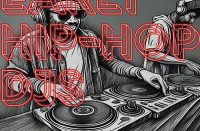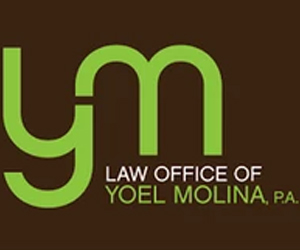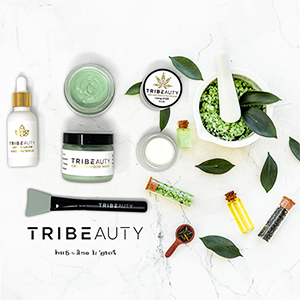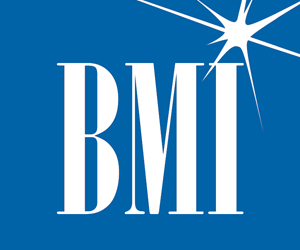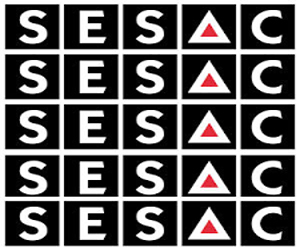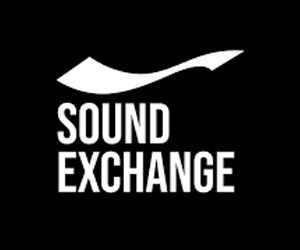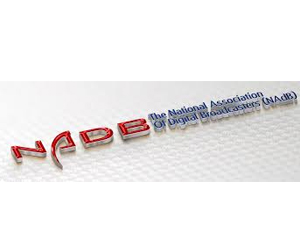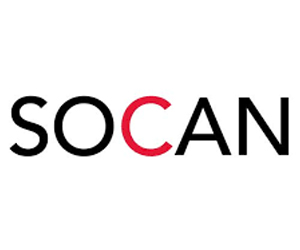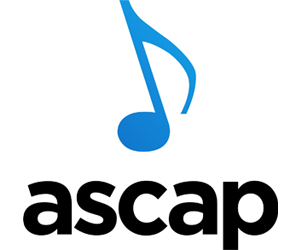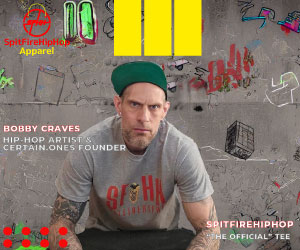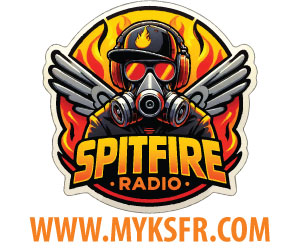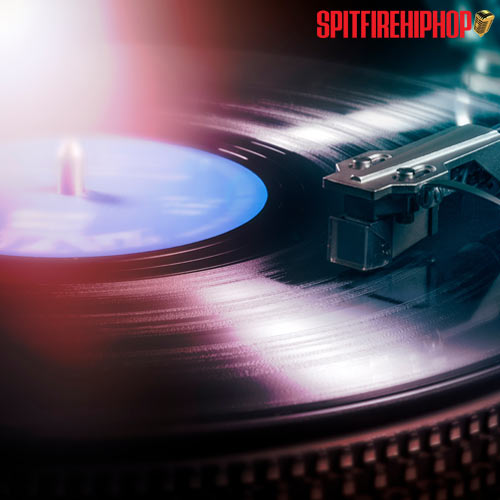
Sampling has been a cornerstone of Hip-Hop since its inception, with producers and artists creatively reworking existing music to craft new beats and sounds. However, the process of clearing samples can be complex, and failing to follow the proper steps can lead to serious legal and financial repercussions. In this guide, we’ll walk you through the step-by-step process to clear samples legally and highlight the potential pitfalls if this process is not properly managed.
Understanding Sampling and Its Importance in Hip-Hop
Sampling involves taking a portion of an existing sound recording and reusing it in a different song or piece of music. This practice has played a vital role in shaping the sound of Hip-Hop, allowing artists to pay homage to their influences while creating something new and unique.
Why Clearing Samples Is Essential
Before diving into the process, it’s crucial to understand why clearing samples is necessary. When you sample someone else’s music, you’re using copyrighted material, and failing to get permission can result in lawsuits, hefty fines, and even the forced removal of your song from streaming platforms. By clearing samples, you’re ensuring that you have the legal right to use the material, protecting yourself from these risks.
Step-by-Step Process for Clearing Samples
Clearing samples involves several steps, each of which is crucial to ensure that you’re legally covered. Here’s a detailed breakdown:
Step 1: Identify the Sample
The first step is to identify the sample you want to use. This includes recognizing the specific part of the song you plan to sample, whether it’s a melody, beat, or vocal. You’ll need to know the original song’s title, artist, and recording label.
Step 2: Research the Copyright Holders
Once you’ve identified the sample, the next step is to determine who owns the rights to the song. This usually includes both the composition (songwriters and publishers) and the master recording (recording label). You’ll need to contact all parties involved to obtain the necessary permissions.
Step 3: Contact the Copyright Holders
Reach out to the copyright holders to request permission to use the sample. This process can be time-consuming, as you may need to negotiate terms such as how much of the song you can use, where you can use it, and how royalties will be split.
Step 4: Negotiate the Terms
Once you’ve contacted the copyright holders, the next step is to negotiate the terms. This can involve a fee for the sample or a percentage of the royalties from your song. It’s important to have a clear agreement in place to avoid future disputes.
Step 5: Get It in Writing
After negotiating the terms, it’s essential to get everything in writing. This contract should clearly outline the terms of use, including the duration, geographic scope, and any financial arrangements. Having a written agreement is crucial to protect yourself legally.
Step 6: Register the Sampled Song
Once you’ve cleared the sample and have a written agreement, you’ll need to register your song with performance rights organizations (PROs) and other relevant bodies. This step ensures that everyone involved in the creation of your song gets paid their due royalties.

The Pitfalls of Not Clearing Samples
Failing to clear samples can lead to significant consequences, both legally and financially. Here’s what you risk if you don’t follow the proper process:
Legal Action
If you use a sample without permission, the copyright holders can sue you for copyright infringement. This can result in costly legal battles, fines, and damages that can ruin your career.
Financial Penalties
In addition to legal action, you may be required to pay back royalties or a significant portion of your earnings from the song. This can be financially devastating, especially for independent artists.
Removal from Streaming Platforms
Streaming platforms like Spotify and Apple Music are vigilant about copyright infringement. If they receive a complaint about an uncleared sample, they may remove your song from their platform, leading to a loss of revenue and exposure.
Damage to Reputation
Getting caught using an uncleared sample can also damage your reputation within the industry. It can lead to a loss of trust from other artists, producers, and record labels, making it harder to collaborate in the future.
Tips for Successfully Clearing Samples
To avoid the pitfalls mentioned above, here are some tips to help you successfully clear samples:
Start the Process Early
Clearing samples can take time, so it’s important to start the process as early as possible. This will give you ample time to negotiate terms and avoid any last-minute issues.
Be Prepared to Negotiate
Be ready to negotiate terms with the copyright holders. This can include paying a fee, sharing royalties, or limiting the use of the sample. Having a lawyer on your side can help you navigate this process.
Keep Detailed Records
Maintain detailed records of all communications and agreements with copyright holders. This will be crucial if any disputes arise in the future.
Consider Alternatives
If clearing a sample proves too difficult or expensive, consider using royalty-free samples or creating your own original material. This can save you time and money while avoiding legal risks.
Frequently Asked Questions (FAQs)
1. What is the difference between a sample and a cover?
A sample involves taking a portion of an existing recording and reusing it in a new song, while a cover is a new performance of an existing song. Samples require permission from both the composition and master recording rights holders, while covers typically only require permission from the composition rights holders.
2. Can I use a sample if I alter it significantly?
Even if you alter a sample, you still need to get permission from the copyright holders. The original work is still protected under copyright law, and using it without permission can lead to legal issues.
3. How much does it cost to clear a sample?
The cost of clearing a sample can vary widely depending on the song and the terms negotiated. It can range from a few hundred to several thousand dollars or a percentage of the royalties from your song.
4. What happens if I can’t clear a sample?
If you’re unable to clear a sample, you’ll need to either remove it from your song or risk facing legal action and financial penalties. Consider using royalty-free samples or creating original material as alternatives.
5. How long does the sample clearance process take?
The time it takes to clear a sample can vary depending on the complexity of the negotiations and the responsiveness of the copyright holders. It can take anywhere from a few weeks to several months.



